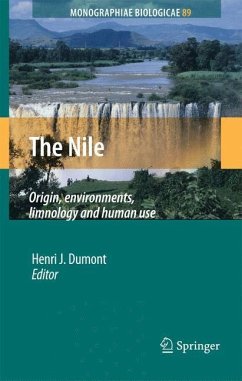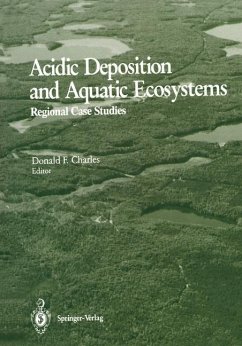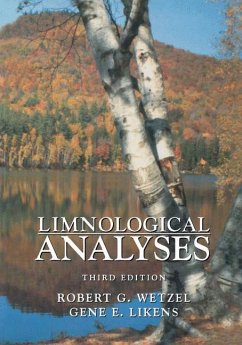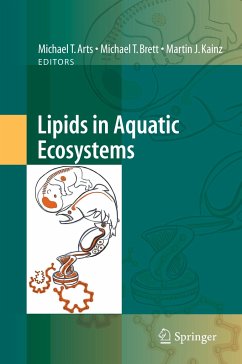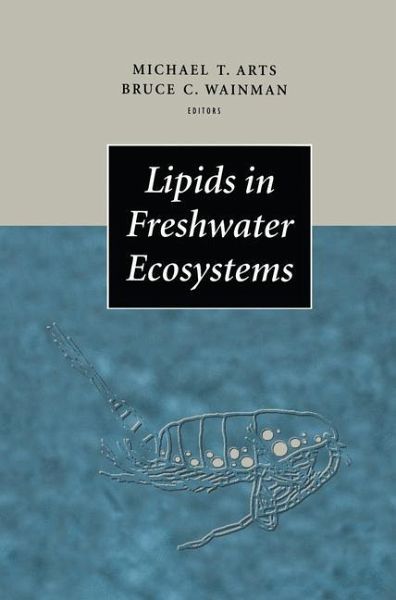
Lipids in Freshwater Ecosystems

PAYBACK Punkte
57 °P sammeln!
The fundamental purpose of this book is to synthesise the divergent literature on aquatic lipids into a co-ordinated, digestible form. A large part of the book addresses lipid composition and production in freshwater organisms, with chapters on phytoplankton, zooplankton and benthic invertebrates. A common theme throughout the book is the function of lipids in aquatic food webs, with a chapter devoted exclusively to lipids as indicators of health in fish populations. A complementary chapter highlights the role of lipids and essential fatty acids in mariculture. Methodologies to determine the lipid content of aquatic samples and suggestions as to the utility of fatty acids as trophic markers are included, as is one chapter on the role of lipids in the bioaccumulation and bioconcentration of toxicants and another on the relationships between lipids and surface films and foams. The final chapter highlights the similarities and differences between lipids of marine and freshwater origin. Students and researchers in ecology, phycology, aquatic toxicology, physiological ecology and limnology will find this an invaluable guide and reference.
Although limnology is a young discipline, it has, over the past century, experi enced marked growth. Its early descriptive period was a long one, given the enormous diversity of biota and environments in freshwater ecosystems. With the development of quantitative techniques came the ability to measure production rates and other parameters and to demonstrate the effects of nutrient limitation and predation on productivity and energy flow. As understanding of these phenomena grew, so too did our appreciation of the many complex chemical interactions among the biotic and habitat components of freshwater ecosystems. A recent, exciting phase of limnology, which may be called biochemical lim nology, is evolving rapidly. One of its many facets is the study of population and community dynamics at basic physiological levels. Examples are many. The integration of recent studies of food biochemistry with traditional studies of food quantity has begun to reveal the striking importance of food quality to reproduc tion and to the growth dynamics of many aquatic animals. Positive as well as negative alleleochemical interactions, already known in terrestrial ecosystems, are emerging as a major factor of many competitive interactions in fresh waters.









